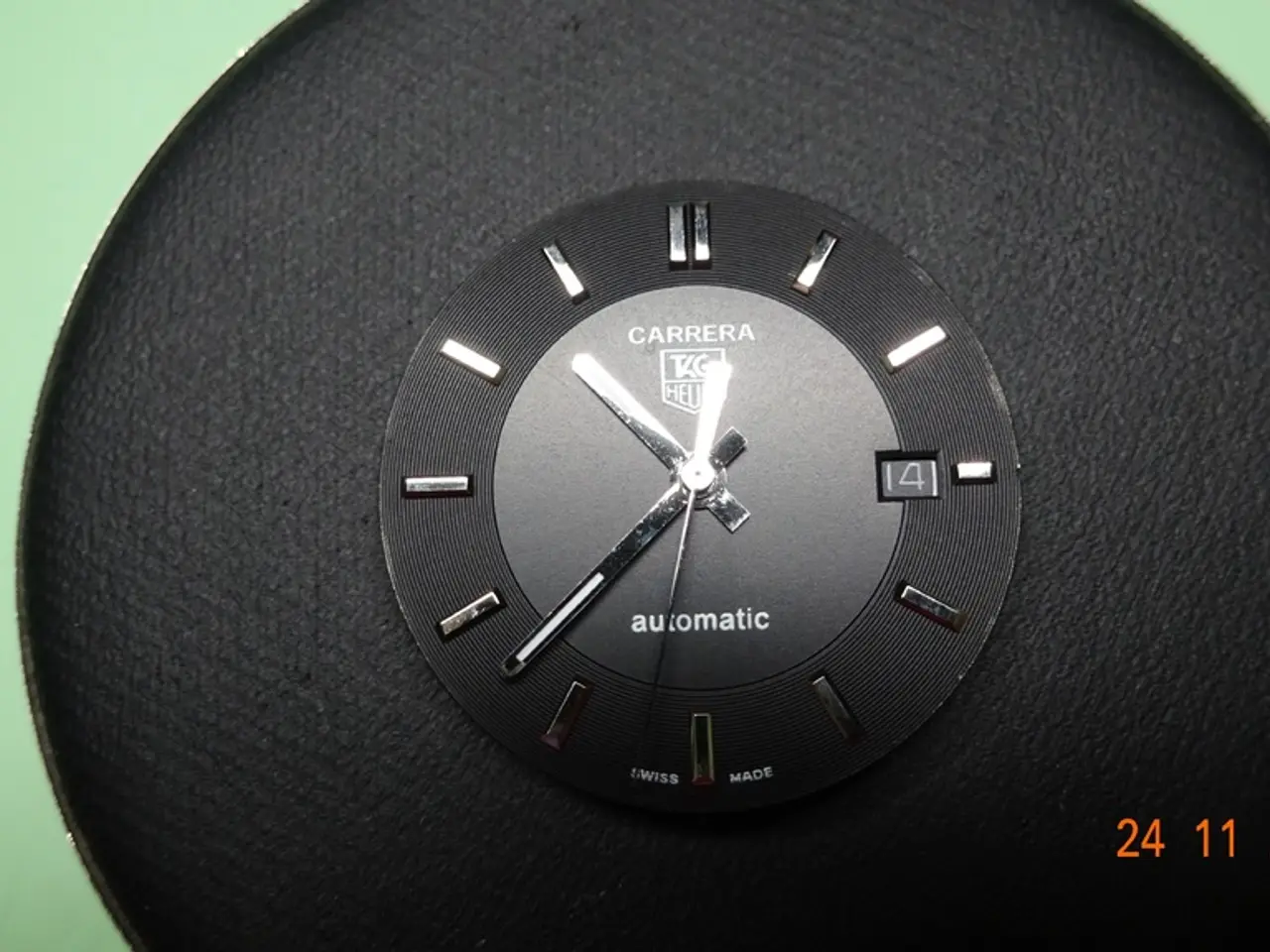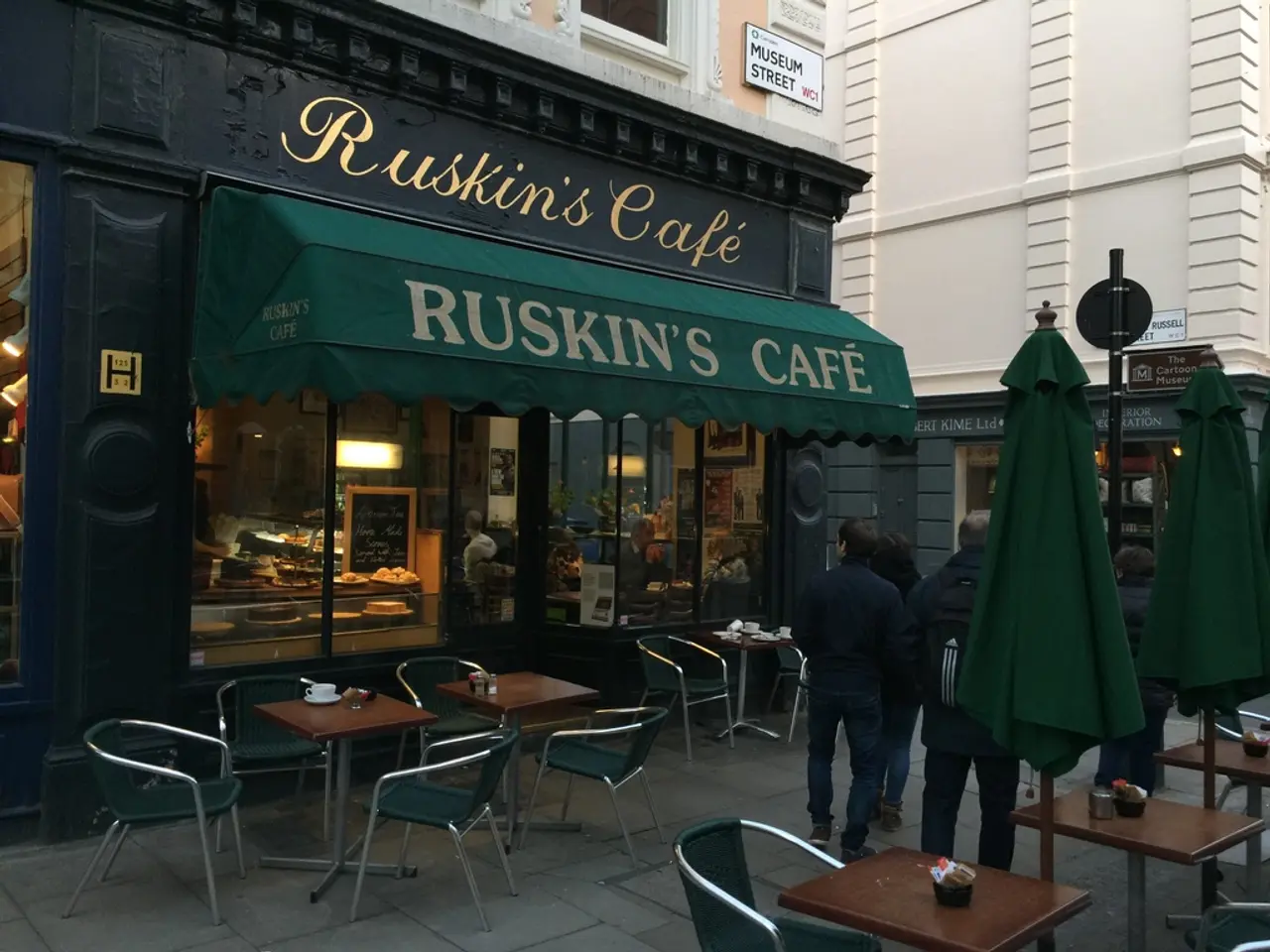Timekeeping devices undergoing assessment serve a wide range of purposes.
Clock testing stands are specialized devices used by clockmakers and repair professionals to mount, stabilize, and operate clock movements during servicing and testing. These stands are crucial tools in the trade, as they allow for precise adjustments and inspections of clock mechanisms.
## Types and Styles of Clock Testing Stands
Clock testing stands come in various forms, each designed to accommodate different types and sizes of clock movements. Here are some common types:
### 1. Universal Clamp Stands
Universal clamp stands consist of a flat base and adjustable clamps or brackets to secure a wide range of clock movement types, including wall, mantle, and some tower clock movements. These stands are often foldable or portable, making them versatile for workshops with limited space.
### 2. Movement Board Stands
Movement board stands are made of sturdy wooden or plastic boards with mounting holes or slotted tracks for attaching clock movements. They allow clockmakers to safely secure the movement and run it while exposed for inspection and adjustment. These stands are mainly used for wall and cuckoo clock movements.
### 3. Mantle Clock Stands
Mantle clock stands are specifically designed for mantle or shelf clocks, holding the movement or entire clock case at an angle for easy access during servicing. They often include adjustable supports or padded cradles to protect the clock case, making them ideal for servicing antique or decorative mantle clocks.
### 4. Case-Specific Stands
Case-specific stands are custom or semi-custom stands made to fit specific clock cases, such as grandfather, wall, or table clocks. They may include swivel mechanisms, height adjustments, or specialized holders for delicate or unusually shaped clocks.
### 5. Tower and Large Clock Stands
Heavy-duty steel or wooden frames designed to support large, weighty movements such as tower or regulator clock movements are known as tower and large clock stands. They include winches or lifting mechanisms and extra stability for safe handling.
## Additional Considerations
When choosing a clock testing stand, consider factors such as portability, adjustability, and accessories. Some stands are designed for easy transport and storage, while others are fixed workshop fixtures. Many stands offer height, angle, and clamp adjustments to accommodate different movement sizes and shapes. Common accessories include movement holders, pendulum supports, and power supply attachments for electric or quartz-powered movements.
While online resources and guides focus on clock styles and servicing procedures, detailed discussions of clock testing stand types are less common but well-known in professional clockmaking circles. The choice of stand depends on the types of clocks being serviced and the specific needs of the workshop.
It's essential to note that a single clock testing stand is not sufficient for repairing various types and styles of movements. For example, a 48-inch stand for hall clocks or grandfather clock movements can accommodate two or three movements, but the author advises against working on more than one tall case movement at a time.
In conclusion, clock testing stands are indispensable tools for clockmakers and repair professionals. By understanding the various types and styles of clock testing stands, one can make an informed decision when selecting a stand that best suits their needs and the types of clocks they service.
A mantel clock stand could be beneficial for those who service antique or decorative mantel clocks, as it holds the movement or entire clock case at an angle for easy access during servicing. Vintage clocks might require a mantel clock stand due to their delicate nature and unique designs. When shopping for a clock testing stand, consider its portability and adjustability, as some stands are designed for easy transport and accommodate different movement sizes and shapes.




